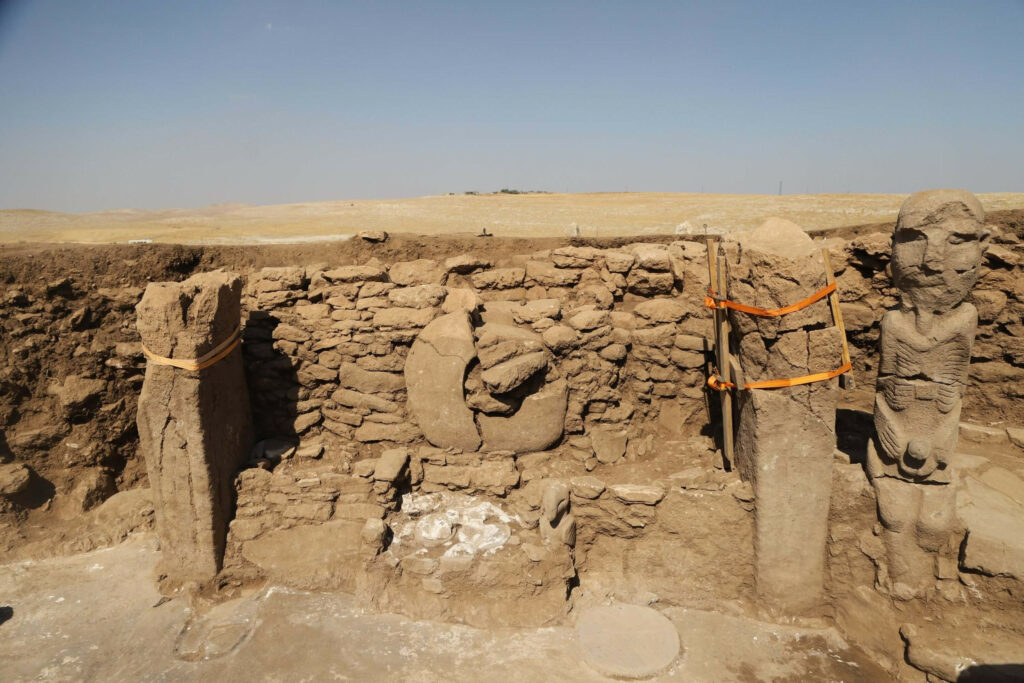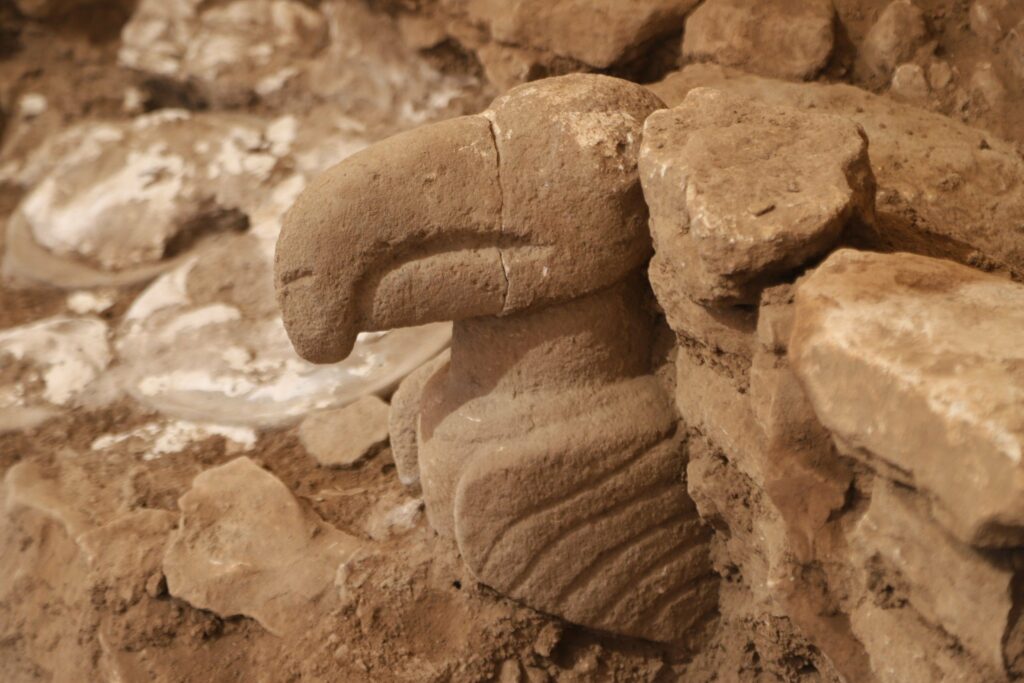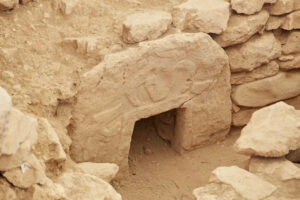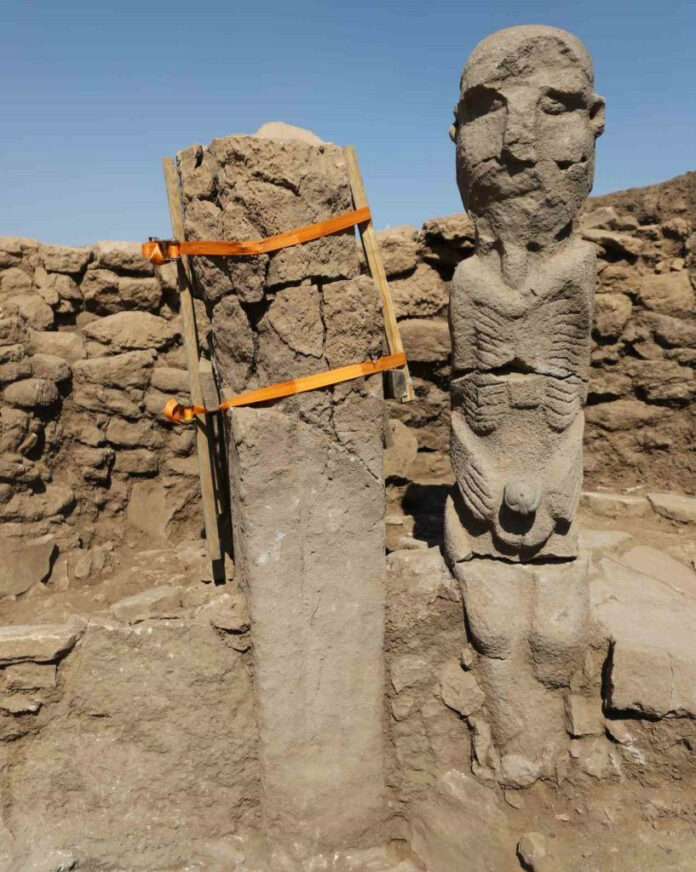Recent excavations at the ancient sites of Göbekli Tepe and Karahan Tepe in Turkey have uncovered remarkable monumental statues and architectural elements dating back to the pre-Pottery Neolithic era, approximately 10,000 years ago. These findings, part of the ongoing “Stone Hills Project,” are revolutionizing our understanding of prehistoric art and human history.

The Significance of Göbekli Tepe
Göbekli Tepe, often called the “zero-point of history,” is a Mesolithic temple dating back to the Pre-Pottery Neolithic A (PPNA) and Pre-Pottery Neolithic B (PPNB) periods. The recent discovery of a painted boar statue, adorned with red, white, and black pigments, is considered one of the oldest painted statues from the Mesolithic period. This unique artifact was found on a stone bench decorated with various symbols, including an H-shaped symbol, a crescent, snakes, and human faces.

Karahan Tepe: A Larger Settlement with Unique Features
Karahan Tepe, located about 40 kilometers from Göbekli Tepe, shares a similar historical context but boasts a larger area and a unique winter solstice alignment. Researchers have uncovered a 2.3-meter tall statue at Karahan Tepe, which is the earliest example of a realistic human sculpture, surpassing the famous Urfa Man in both age and size. This lifelike statue depicts a seated figure holding a phallus in both hands and dates back to around 9400 BCE.

Other Remarkable Findings
In addition to the human representations, a vulture statue with intricate details was discovered at Karahan Tepe, showcasing the high level of craftsmanship during this period. Previous excavations at these sites have also revealed various animal sculptures, including snakes, insects, birds, rabbit features, gazelle components, and the hind legs of an unidentified animal.

The Stone Hills Project
The Stone Hills Project, spearheaded by the General Directorate of Cultural Assets and Museums of the Republic of Turkey Ministry of Culture and Tourism, has been ongoing since 2017. This extensive archaeological work spans seven areas, including Göbekli Tepe and Karahan Tepe, and continues to expand our understanding of the prehistory of this region.
Conclusion
The groundbreaking discoveries at Göbekli Tepe and Karahan Tepe in the southeastern Şanlıurfa province of Turkey are challenging our preconceptions about the past and providing invaluable insights into the development of prehistoric art and human civilization. As the Stone Hills Project continues, we can expect more astonishing findings that will further shape our understanding of this crucial period in human history.

